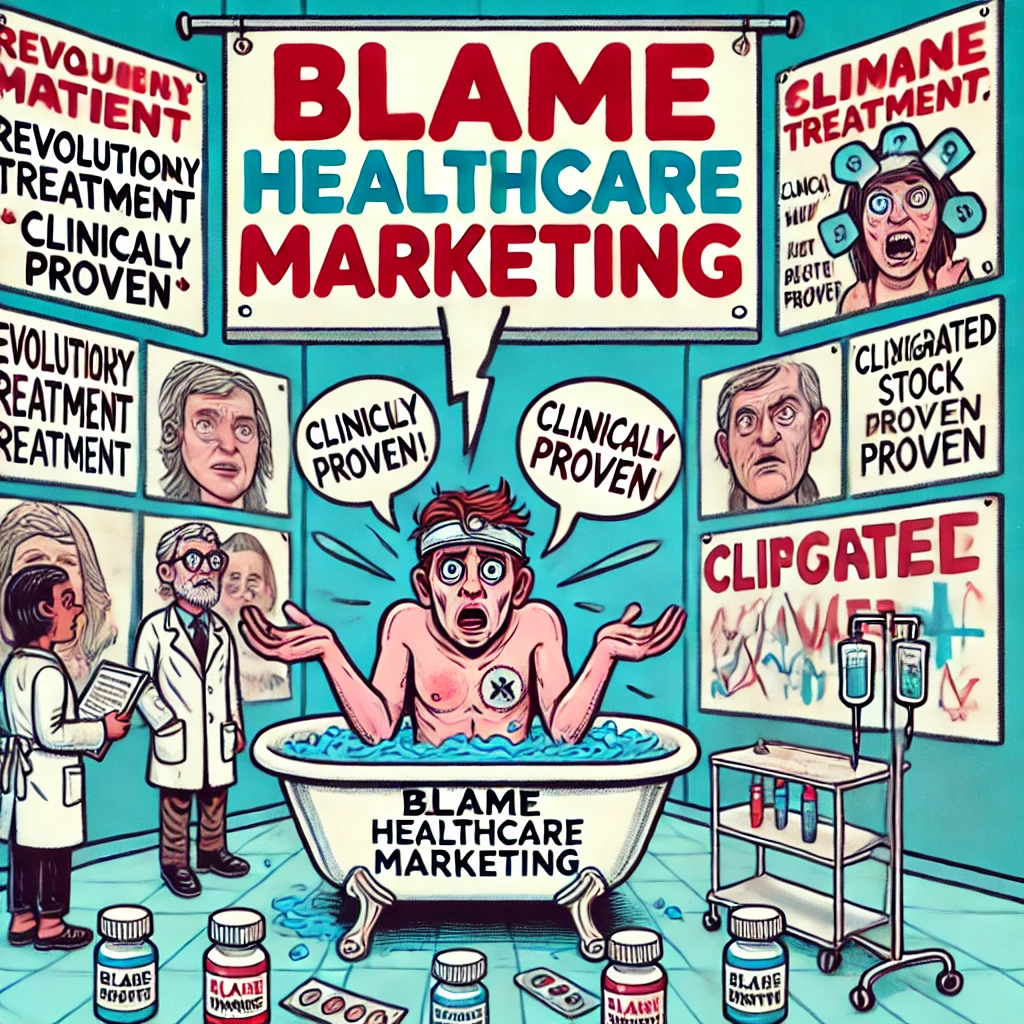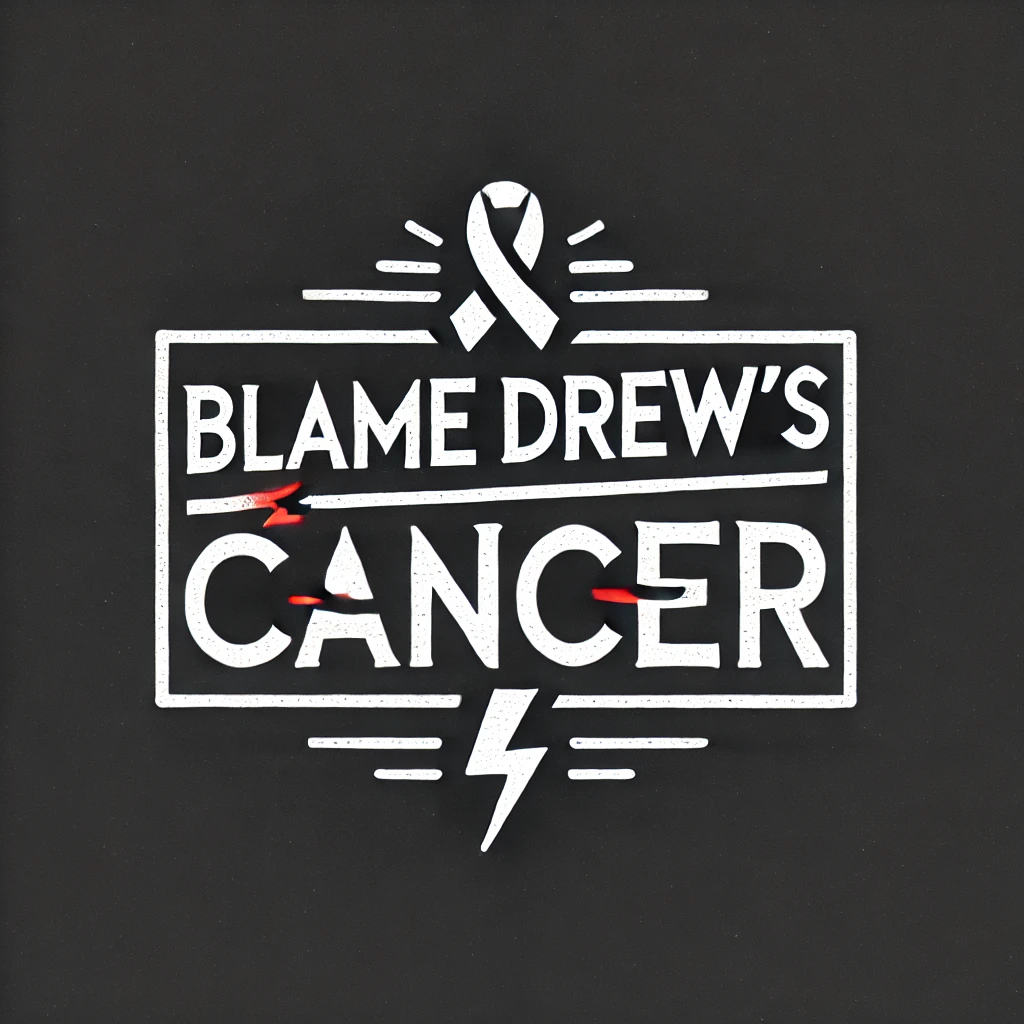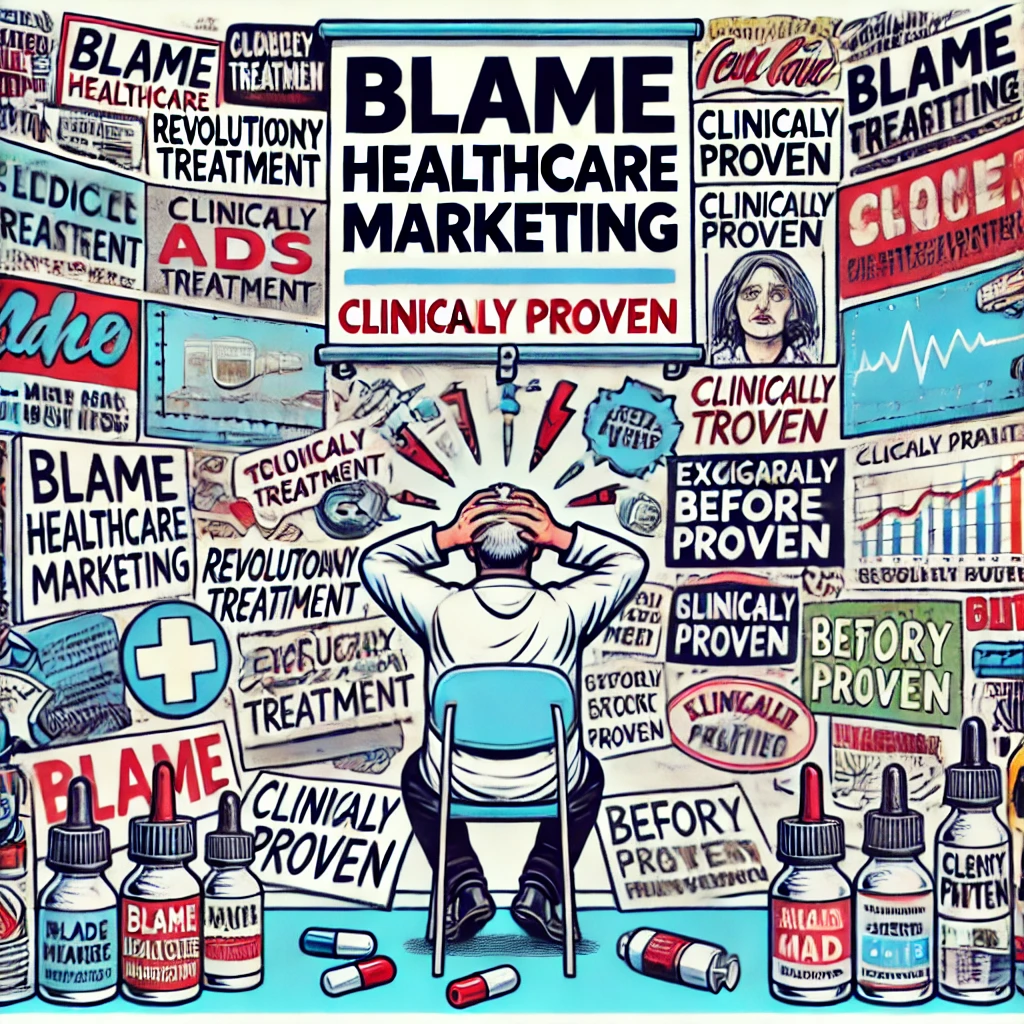Marketing in healthcare is tricky. You’re selling hope, but your product is surgery. You’re offering care, but you’re competing for clicks. And if you’re not careful, your message stops sounding human and starts sounding like every other beige billboard on the highway.
This isn’t a rant — it’s a reminder: you can grow your clinic and keep your soul. You can run ads, raise money, and build trust — all without sounding like a robot with a medical degree.
Here’s how we did it. Here’s why most don’t.
And yeah… you can still blame me.

Understanding the Boundaries, Telling the Truth, and Maybe Even Doing Some Good
There’s a fine line between marketing healthcare and exploiting fear.
Ask any cancer survivor. We’ve seen the billboards. We’ve seen the ads.
“World-Class Care Close to Home”
“Hope Lives Here”
“Your Journey Starts Now”
Cool. But can I get an actual appointment?
The truth is, marketing in healthcare has always lived in a weird paradox.
You’re selling something people only want when things go wrong.
You’re trying to be inspiring, but your product is… chemotherapy.
You’re speaking to hope, but you’re surrounded by panic.
So let’s talk boundaries.
What It’s Like to Be the Patient Reading the Ad
When I was going through chemo, I saw a campaign that said:
“Because You Deserve the Best.”
And all I could think was:
“Great, now I feel like I picked the budget cancer.”
Here’s the thing — when you’re sick, you don’t want to be sold to.
You want to be seen. Heard. Helped.
You want a clear next step, not a poetic headline.
You want relief, not retargeting.
Too many healthcare marketing teams forget that.
They think they’re in the “awareness” business.
But they’re really in the trust business.
And trust doesn’t come from slogans. It comes from truth.
How Blaming My Cancer Raised Real Money — and Real Eyebrows
When we launched #BlameDrewsCancer, we didn’t have a master plan.
We weren’t optimizing funnels.
We weren’t doing “persona research.”
We were doing the only thing that made sense at the time: turning pain into power.
It was dumb. It was dark. It was human.
And it worked.
People laughed. People shared.
And more importantly — people donated.
We raised money.
We showed up on CNN. We got sponsors to pledge per tweet.
All because we found a message that felt real enough to repeat.
That’s the difference between a campaign and a connection.
When Healthcare Marketing Works, It’s a Win-Win-Win
Let’s be honest: most healthcare campaigns are a lose-lose.
Patients feel like they’re being sold hope in a bottle.
Clinics waste ad budgets chasing clicks with no plan.
Marketers burn through creative briefs trying to make “compassion” sound edgy.
But when it works? Everyone wins.
The patient sees something and feels seen.
The clinic builds trust, not just traffic.
The campaign generates leads — but also goodwill.
It’s not about being viral. It’s about being valuable.
It’s not about being clever. It’s about being clear.
It’s not about being emotional. It’s about being honest — and knowing when to stop.

Check We Got Featured in Major News Outlets with Healthcare Digital PR
The Ethical Line Is Clear: Marketing Should Ease Pain
If your ad makes a patient feel worse before it makes them feel better — it’s a bad ad.
If your copy taps into fear without offering comfort — it’s emotional blackmail.
If your strategy depends on confusion, false urgency, or fine print — it’s not strategy.
It’s snake oil with a CRM.
Good healthcare marketing should lift people up, not push them around.
It should clarify, not complicate.
And when done right, it’s not just compliant — it’s compassionate.
Fundraising Isn’t Optional — It’s the Follow-Through
Let’s get one thing straight: raising money for cancer isn’t a bonus round.
It’s the part that actually matters.
All the awareness in the world means nothing if it doesn’t translate into action — into research, support programs, treatment access, transportation, housing, and survivorship care.
You think your clinic’s campaign is doing something because it got 12 likes on Facebook?
Try funding a gas card for a single mom driving 180 miles to chemo. That’s impact.
We didn’t launch #BlameDrewsCancer to “raise brand awareness.”
We launched it to raise money — and we did.
Thousands of dollars went to cancer campaigns to help people like me… and way too many others like me.
Because when you’re the one sitting in the chair, hooked up to the drip, watching your hair fall out in the reflection of a paper cup —
you stop caring about slogans and logos and catchy copy.
You care about what gets funded.
Great healthcare marketing can be clever. It can be strategic.
But at its best?
It’s a tool to drive resources to people who need them most.
That’s the kind of campaign worth running.

You Can Sell and Serve at the Same Time
Marketing isn’t the enemy. Greed is.
And there’s nothing greedy about getting the right care to the right patient at the right time.
But to do that, your message has to do one thing: matter.
We built an entire campaign blaming my cancer for everything wrong in the world.
We built it for laughs. For relief. For community.
And in the process, we built something that outperformed most ad agencies trying to “crack healthcare.”
That wasn’t luck. That was alignment.
A real story. A human voice. A reason to care.
If your clinic can find that — and respect the line between empathy and manipulation — you won’t just grow.
You’ll earn it.
And if not?
Well… you can always blame me.
Everyone else did.